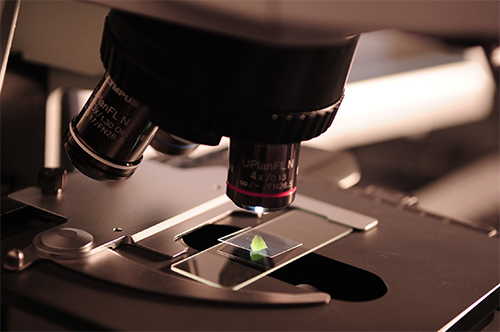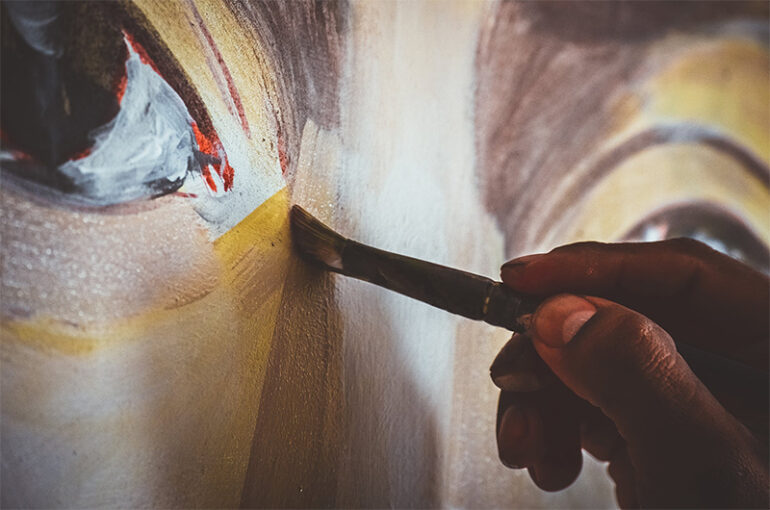It’s challenging to succeed in the art world. Despite this, many artists continue with dogged determination and work hard to sell their original works. However, others take the scrupulous route and use their talents to forge the works of old masters.
The temptation is understandable; 75% of US artists earn less than $10,000 a year peddling their craft. Meanwhile, a single Basquiat can sell for around $110.5 million at an auction. That’s more than enough money to settle into a comfortable life. There are countless forgers out there, and their existence threatens to shatter the very foundations of the art world.
How forgeries are threatening the art market
It’s estimated that around 20-50% of all artworks in the world are fakes, forgeries, or misattributions. With such a shockingly high number, it’s understandable that collectors and patrons may grow wary of purchasing art pieces due to the fear of accidentally getting saddled with a fake. Given this, art institutions are doing their absolute best to guarantee everything they put up for sale or display is 100% authentic.

How scientists counter forgers
Science plays a much bigger role in the art market outside art restoration and conservation. It also helps auction houses and galleries identify forgeries. Each laboratory may implement their own techniques, but generally, the methods are as follows:
1.Establishing provenance
Provenance refers to an artwork’s ownership history, from its creation down to the most recent owner. A full provenance record does not guarantee a painting’s authenticity. Sometimes, a closer examination of the documents can reveal erroneous or missing information, which could be the smoking gun that confirms it’s a fake.
2. Visual inspection
With sufficient knowledge of the artist’s techniques and trademarks, it’s easy to identify things that seem amiss. Less skilled forgers often get a few things wrong when trying to copy an old master’s painting. Additionally, most forged works have no signature, often to avoid any legal repercussions when the artwork is confirmed to be a fake. Staples or other things that shouldn’t have existed at the artist’s lifetime are also clear indicators of a fake.
3. Scientific analysis
If provenance and visual analysis are insufficient, scientists then to more sophisticated tools and techniques, such as microscopy, x-ray fluorescence, Raman spectroscopy, and many others. These techniques confirm the work’s age, what chemicals and elements are present in the paint, any irregularities in the aging process, and so on. These techniques are reliable in identifying if the painting contains any modern chemicals or paints that wouldn’t have been available in the year the painting was supposedly made.
While current art forensic techniques effectively combat forgeries, art forgers are steadily getting better about avoiding detection. For example, they’re mixing their own paint instead of buying them. False aging techniques are also becoming more convincing. The availability of high-resolution photos of certain works now makes it easier to copy every minute detail. The challenge for art forensics is to continue to develop novel ways to counter these new forgery techniques.
Photo Attribution:
1st and featured image from https://www.pexels.com/photo/close-up-view-of-a-painter-s-hand-3090832/
2nd image from https://www.pexels.com/photo/close-up-of-microscope-256262/
